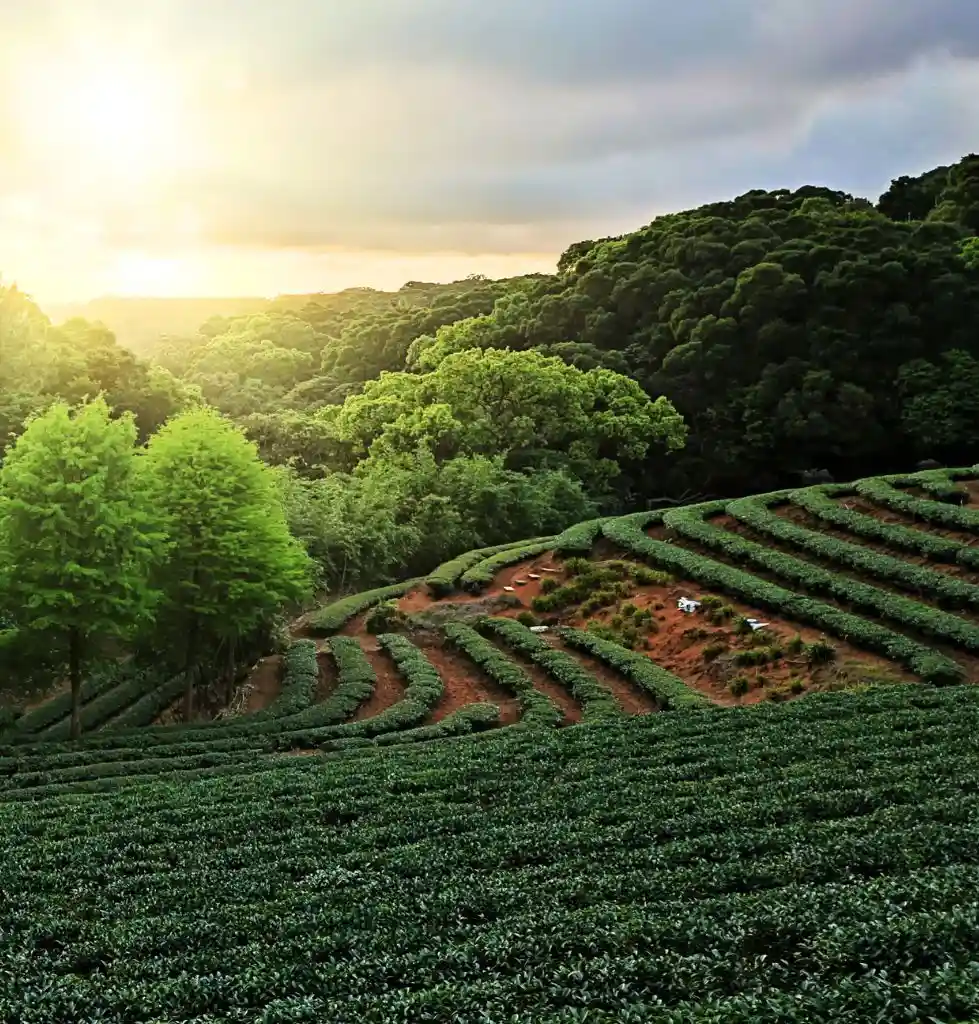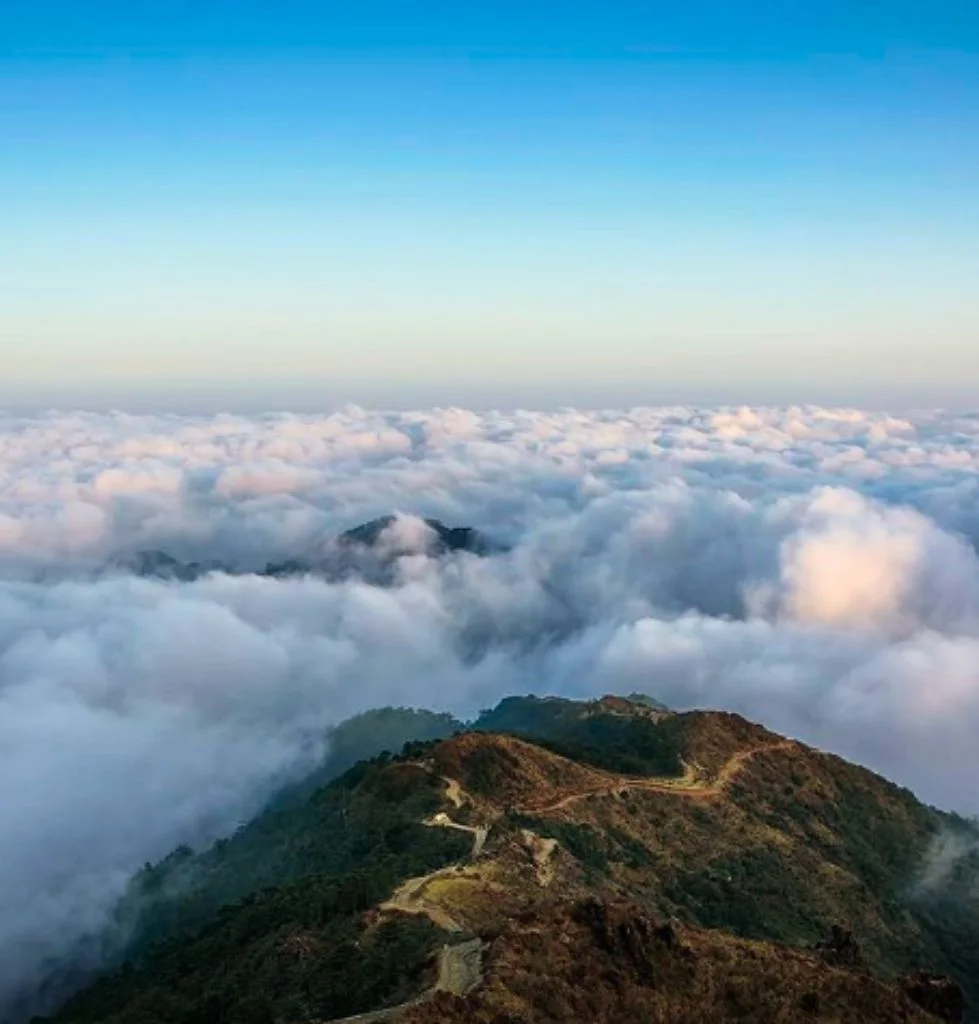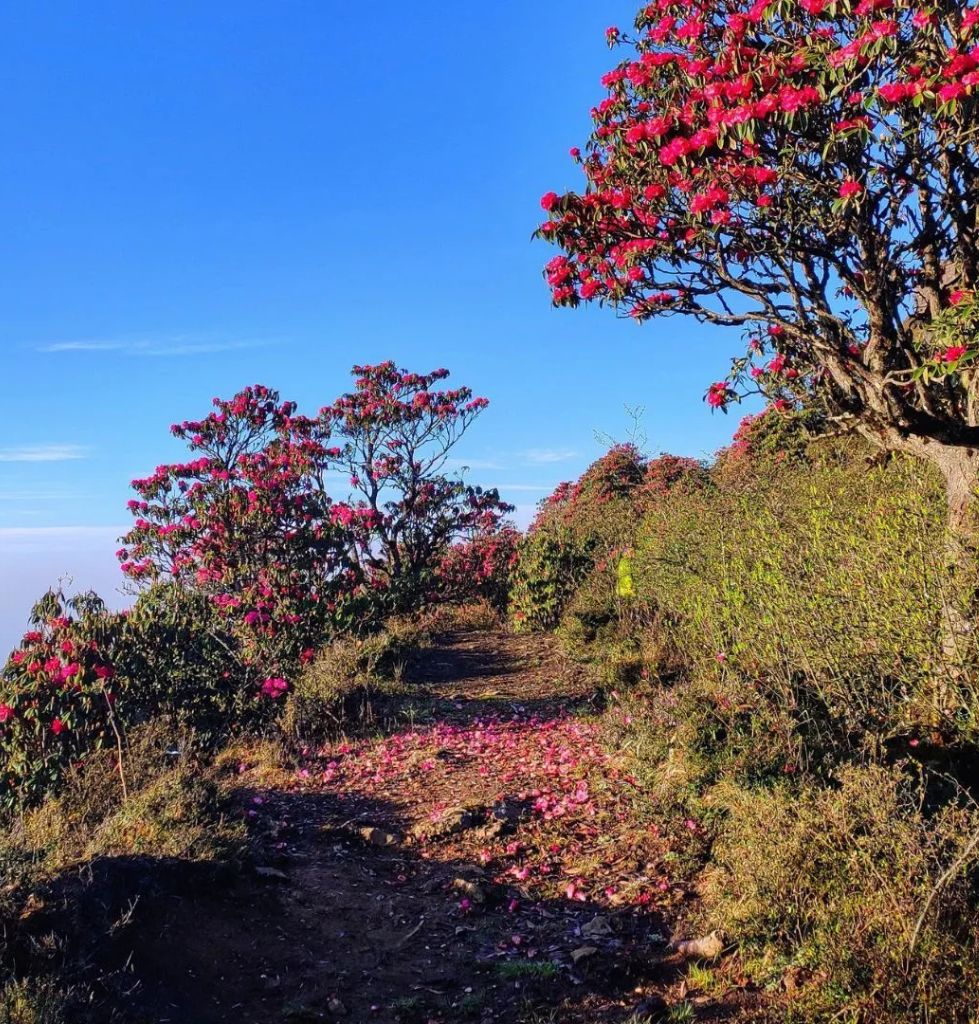North India Pilgrimage Tour Itinerary
Day 1: Arrival in Delhi
Upon your arrival at Delhi International Airport, you’ll be greeted with a warm traditional welcome. Our representative will be there to assist you with the immigration process and transfer you to your hotel for check-in.
Delhi, a vibrant metropolis, seamlessly blends ancient heritage with modern amenities. Its strategic location has made it a coveted seat of power for countless dynasties throughout history. In fact, it’s believed that the mythical city of Indraprastha, mentioned in the Hindu epic Mahabharata, was founded here around 5000 BC.
Over the centuries, various rulers, including Qutub-ud-din Aibek, Alauddin Khilji, the Tughlaks, Humayun, and Shah Jahan, have left their mark on Delhi by constructing numerous magnificent monuments. Shah Jahan, in particular, is renowned for building the Walled City of Shah Jahanabad.
In the early 20th century, Sir Edwin Lutyens, a renowned architect, designed the grand central administrative area of New Delhi, reflecting the grandeur of British rule in India. The contrast between the Walled City and New Delhi also highlights the differing lifestyles within the city.
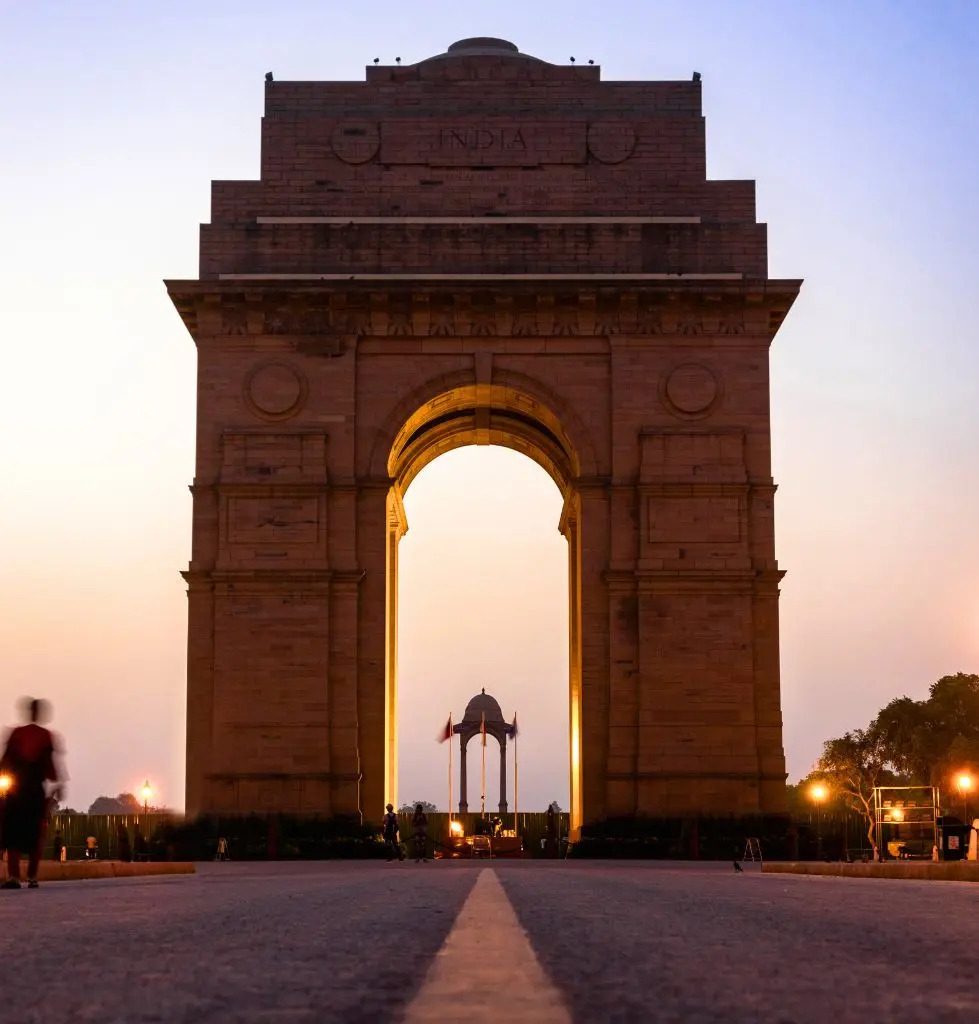
Day 2: Delhi to Ayodhya
After a leisurely breakfast, we’ll head to the airport to catch our flight to Ayodhya, an ancient city considered one of the seven sacred cities of Hinduism. In the Ramayana, Lord Rama, the seventh avatar of Vishnu, was born here during the reign of his father, Dasaratha. Ayodhya was once a prosperous and well-fortified city with a large population.
Historically, it served as the early capital of the Kosala kingdom. During the time of Buddha (6th-5th century BCE), Shravasti became the kingdom’s primary city. Scholars often associate Ayodhya with the city of Saketa, where Buddha is believed to have resided briefly.
The city’s significance as a Buddhist center is evident from the accounts of the Chinese Buddhist monk Fa-hsien, who visited Ayodhya in the 5th century CE and observed 100 monasteries. Additionally, there are remnants of a stupa (shrine) believed to have been built by Ashoka in the 3rd century BCE.
Upon arrival in Ayodhya, our representative will meet you and transfer you to your hotel.
Day 3: Exploring Ayodhya
After breakfast, we’ll embark on a visit to the Ram Janmabhoomi Temple, one of the most significant attractions in Ayodhya. This sacred site is believed to be the birthplace of Lord Ram, the seventh incarnation of Lord Vishnu. The original temple is said to have been destroyed by the Mughal emperor Babur in 1528 AD, and a mosque was later built on the site. However, the mosque was demolished in 1992, leading to a long-standing dispute between Hindus and Muslims in India.
Next, we’ll proceed to visit Hanuman Garhi, another renowned temple in Ayodhya dedicated to the mighty Monkey God, Lord Hanuman. Built by the Nawab of Awadh, the temple is characterized by its 70 steep steps that must be climbed to reach the temple complex. Legend has it that Lord Hanuman (Pavan Putra) resided here to guard Ayodhya. Inside the main temple, you’ll find a beautiful idol of Bal (young) Hanuman sitting on the lap of his mother, Maa Anjani.

Day 4: Ayodhya to Prayagraj
After breakfast, we’ll embark on a journey to Prayagraj, a city situated at the confluence of the sacred rivers Ganges, Yamuna, and Saraswati. This holy site is renowned for hosting the world’s largest religious gathering, the Kumbh Mela, offering a truly unique spiritual experience.
Upon check-in, we’ll visit the Triveni Sangam, the meeting point of these three rivers. Hindus believe that taking a dip in the holy waters of the Sangam washes away the sins of all births. Every 12 years, the Kumbh Mela is held here, while the Ardh Kumbh takes place every six years. The Sangam is easily recognizable by the distinct colors of the Ganges and Yamuna rivers.
Next, we’ll explore the Alopi Devi Mandir, one of the 51 Shakti Peethas in Hinduism. It’s believed that the thumb of Sati’s left hand fell at this spot, hence the name Alopi Devi. This temple doesn’t have a traditional deity; instead, a wooden carriage is worshipped as the Goddess. According to legend, Lord Vishnu cut Sati’s body into 51 pieces, and her left thumb fell here.
Finally, we’ll visit the Bade Hanuman Ji Temple, also known as Lete Hanuman Mandir. This unique temple houses a colossal image of Lord Hanuman in a reclining position, the only one of its kind in the world. An interesting feature is that one side of the statue is partially submerged in the Ganges River. During the monsoon season, when the water level rises, it’s believed that the river touches the deity’s feet, attracting numerous devotees. The temple’s sanctum houses the idol of Lord Hanuman, which lies 8.1 feet below the shrine.
Day 5: Prayagraraj to Varanasi
After breakfast, we’ll embark on a drive to Varanasi, a city nestled along the banks of the holy Ganges River. Varanasi is considered the oldest continuously inhabited city in the world, with traces of its existence dating back to around 10,000 BC. Beyond its religious significance for Hindus, Varanasi also holds a deep connection to Buddha’s life and Buddhism.
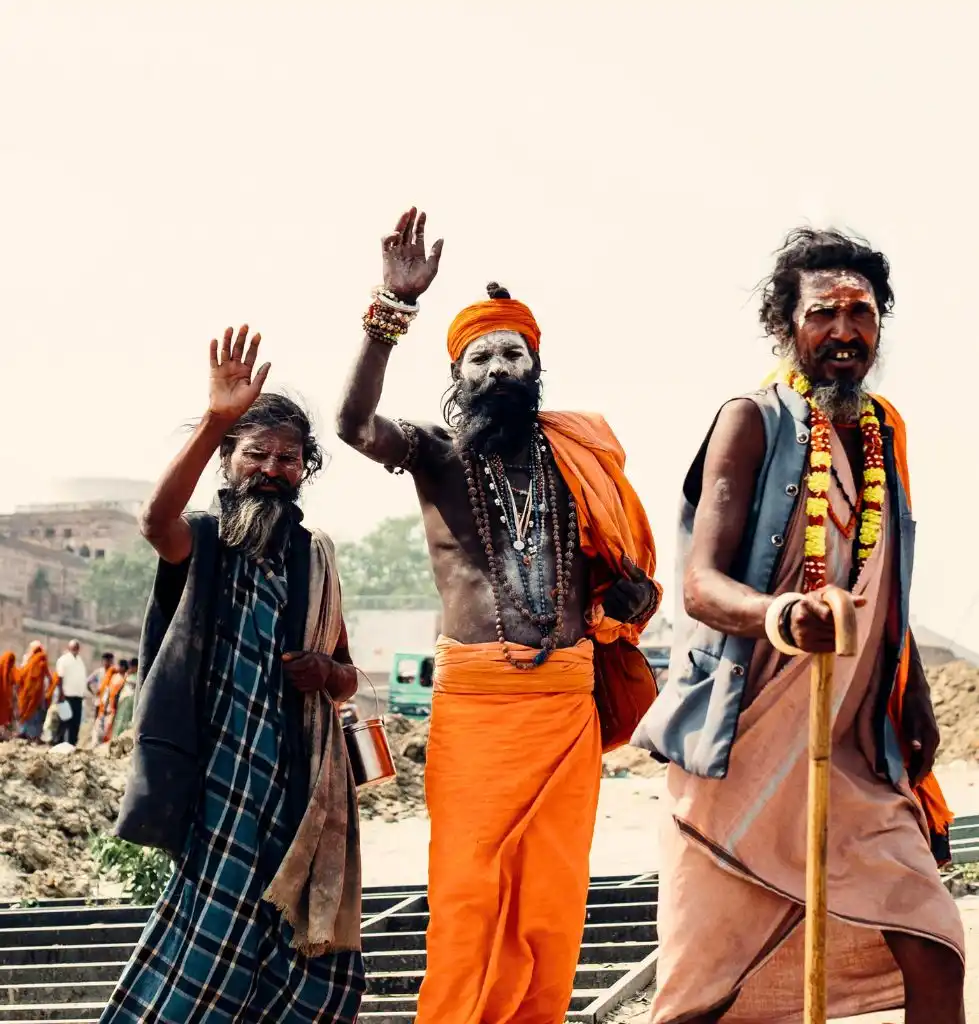
In the evening, before sunset, we’ll head to Dashashwamedh Ghat to witness the iconic Ganga Aarti. This mesmerizing ritual takes place every evening, featuring synchronized rituals performed by priests and the release of thousands of small oil lamps onto the river. The river is transformed into a breathtaking spectacle of floating flames, creating a truly unforgettable experience.
Day 6: Exploring Varanasi
Begin your day with a serene boat ride on the Ganges River at sunrise. As the sun paints the sky in hues of pink and orange, listen to the sacred chants of Sanskrit hymns and the gentle sounds of temple bells.
After the boat ride, embark on a walking tour through the narrow lanes of Varanasi, visiting the Golden Temple (Old Vishwanath Temple) and Annapurna Devi Temple. Return to your hotel for breakfast.
In the afternoon, venture to Sarnath, the site of Buddha’s first sermon. Explore the archaeological museum, which houses a rich collection of ancient Buddhist artifacts.
Later, delve deeper into Varanasi’s rich spiritual heritage by visiting its main temples. The Durga Temple, also known as the Monkey Temple, is a beautiful red-ochre structure built in the 18th century. While non-Hindus cannot enter the temple, you can admire it from a nearby walkway.
The Bharat Mata Temple, located in the Mahatma Gandhi Kashi Vidyapeeth campus, is dedicated to Mother India. It features a unique marble relief map of undivided India.
The Sankat Mochan Temple, dedicated to Lord Hanuman, is believed to fulfill the wishes of those who visit regularly. It was founded by Tulsidas, the author of the Ramacharitamanasa.
The Tulsi Manas Temple, another famous temple in Varanasi, is dedicated to Lord Ram and was built in 1964. Its walls are adorned with verses and scenes from the Ramacharitamanasa.
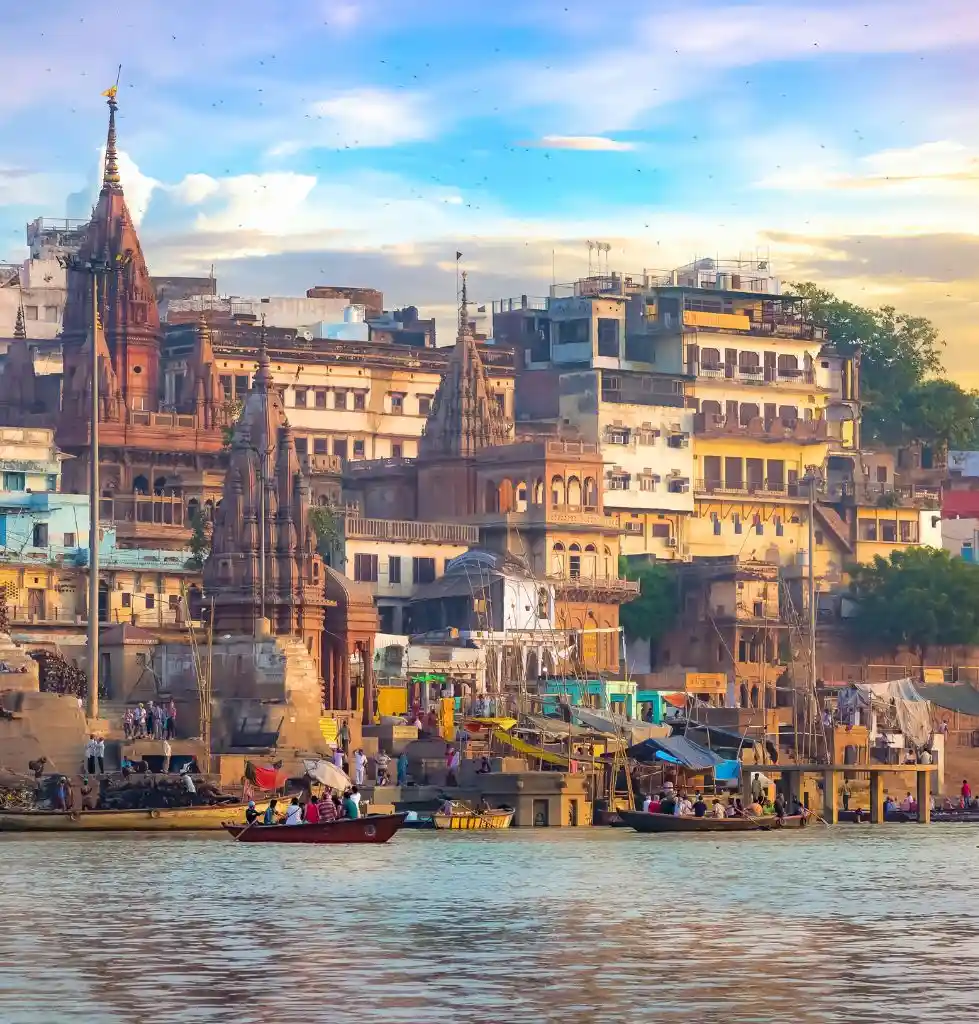
Finally, visit the New Vishwanath Temple, located within the Banaras Hindu University campus. Built by the Birlas, this temple is a replica of the original Vishwanath Temple and is open to people of all faiths.
Day 7: Varanasi to Delhi
After a leisurely breakfast, explore the city of Varanasi to soak up its vibrant atmosphere. Later, transfer to the airport to catch your flight back to Delhi. Upon arrival, you’ll be transferred to your hotel.
Day 8: Departure from Delhi
After a final breakfast, we’ll transfer you to Delhi airport for your onward journey, carrying with you cherished memories of your wonderful trip.
Tour Conclusion:
We thank you for choosing us for your tour and ensure a smooth and timely transfer to the airport. Safe travels!
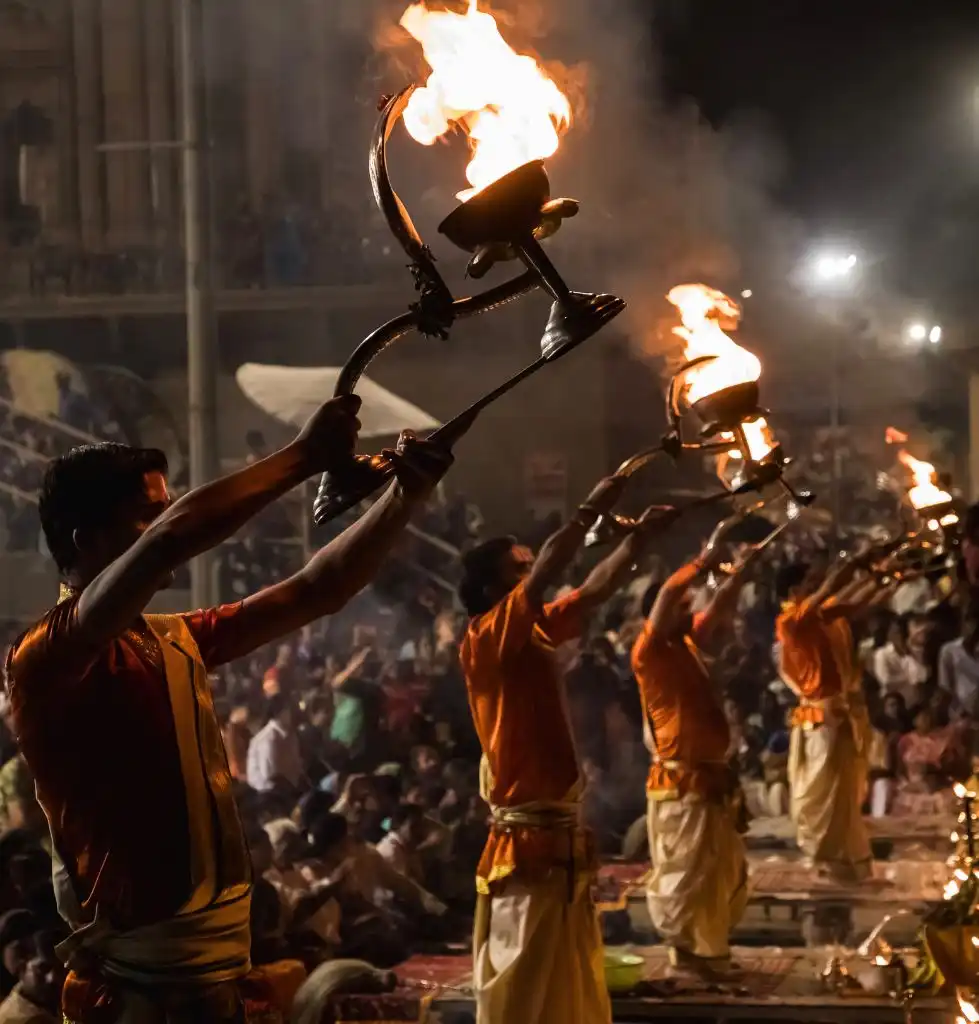
Memories of North India Pilgrimage Tour
